Hiking Las Cascadas Yanayacu became a transformational experience that I hadn’t planned for.
Those are the best kind
I knew I had made a mistake with my first step into the river.
My hiking boots immediately cried “We’re not waterproof!” Wet socks would be my hiking companions for the rest of the day. If I was lucky, I might avoid blisters.
Why didn’t I wear my rubber boots? Or at least a pair of sandals that could handle the water-crossing?
Hiking Las Cascadas Yanayacu
Despite the inauspicious start to my hike out to Las Cascadas Yanayacu, I highly recommend that you give this experience a chance. Just make sure to wear comfortable shoes that can get wet, like a pair of waterproof sandals.
The reason? You will spend more time hiking IN THE RIVER than alongside it.
My own hike started on the late side of morning when I arrived with a pair of friends in the small community of Yanayacu. We were prepared to take a dip in the river after a short hike to the waterfall.
It was a quiet Sunday morning with nary a soul to be seen. Even the soccer field and Ecua-volley court were quiet. And no one was sitting outside their homes. We parked in the shade, got out of the car, and within a few minutes, people started wandering outside. One man walked towards us. He introduced himself as Angel and offered to guide us on the trail.
A Late Morning Start
Before we got started, Angel took us to a small covered patio where he pulled out a few treasures. He had ancient stone tools and parts of stone statues. These were all found in the local area and serve as proof that this land has belonged to native peoples for centuries. Angel explained these connections and then told us that the ancient culture of the Kichwa still permeated modern day culture in this community.
He showed us a bowl made from a gourd, called un pilche, and jewelry made from local seeds, like achira and guaruro. He spoke of the shaman culture. To be a shaman, one must leave the community and live in the caverns on the land for upwards of a year or more. During this time, the man looking to become a shaman must give up alcohol and sex. Angel was preparing us to see these sacred places during our hike.
Hiking to the Cascadas Yanayacu
He found a pair of rain boots for my friend who had come with only light sandals but deemed my hiking boots sufficient to the task at hand. And we were off, hiking downhill through secondary forest that occasionally broke out into developed farmland.
Though most of the trail was dry, the farmland had pockets of bog. Although we were warned in a few spots to step on the rocks, at one point, when I thought my short legs wouldn’t make the distance, I stepped on what looked like firm ground only to feel my leg sink to mid-shin level. Luckily, as I pulled my foot out with a firm tug and strong slurping sound, my boot came along with the rest of me. It was a good reminder on why we often hike with a guide.
We quickly arrived at the first set of cascades, a place where two rivers meet, tumbling gently over rocks. Along the way, Angel would stop and explain little things.
We learned that the name Yanayacu means black water in Kichwa, refering to the shady, dark pool which is the source of the many cascades in the area. Angel said we wouldn’t make it as far as the source today.
We tried a wild fruit called hortiga. These are small white berries, almost grape-like in texture but the size of small, tiny blueberries. Their flavor was so mild that it was like eating small bombs of sugared water.
We headed upstream along the Rio Inchillaqui. The trail took us alongside the river, though a stream might be a better word when the rain isn’t falling. This section of the trail was covered with shale-like rock and Angel showed us how we could make our mark on large rocks using natural chalk found along the stream bed.
First World Problems
And then came our first river crossing. I looked at Angel with a question in my eyes but did not have the heart to ask it out loud, “Why, oh why did you say I could manage this trail in my hiking boots?”
I knew the answer. It has to do with first world problems. I have access to multiple types of footwear and can chose the exact fit for the conditions of the trail. Angel has access to only a couple of pairs of shoes and makes due. So I entered the water and walked confidently across the shallow stream, my socks soaking up water with every step.
Across the stream, we walked into a small sitting area with a bench cut into the stone wall and an overhanging rock rooftop that would offer protection in a strong rain.
A cascade gently fell into a small pool; the sound of its running water was mesmerizingly calm. This was a good place to shed our backpacks for a few moments and to dip our heads under the falling water and to cool our hot bodies for a few moments before heading further up the trail.
It was after this small stop that I began to question the trail itself. We started walking in the stream; a dry trail could not be found. Then we started to climb up. I question my stability on granite rock faces when the ground is dry, but add slippery conditions from algae and my hiking confidence drops to near zero. Angel kept his patience and would find his way back to me, helping me cross rock faces that scared me. A fall isn’t so bad but a fall with expensive camera equipment is not to be imagined. I really wondered if I had made a big mistake.
And then we started walking up cascades… none so steep that we couldn’t keep our footing but some that made me question the trail back. Was I going to stay upright while hiking back down this very same path?
It didn’t help that Angel started pointing out potholes at this point.
This area has volcanic origins. In some places, the ancient lava beds held onto to very round rocks and boulders for centuries. At some point, these round rocks escape leave behind a pool.
Some of these pools were small but others were large enough to sit in. Some were camouflaged by white water and were just large enough that a single misstep could break a leg.
I started to let my fear take over and asked how much further we had to go. It was not my proudest moment on the trail.
Cavernas vs Caverns
Angel had told us that we would see caverns but little did I understand that we would be hiking through them. I learned a slight difference in language usage on this trip. A caverna in Spanish, while it translates to cavern in English, implies an exit on the other side. A cueva, or a cave, would have a dead-end.
These cavernas have been shaped from centuries of erosion as the water from the Inchillaqui slowly widens the passageway. Angel told us that these cavernas can be impossible to pass during seasons of high water. In fact, the river can rise very rapidly when it rains in the nearby Andes. Yet another reason for me to question being on the trail. I had to put new found trust in our guide.
Bats flew back and forth as we made our way through. My confidence was tested once again as I hiked partially on dry rock, partially in river with potential potholes, all with very little light to help me see. I needed every ounce of calm I could muster to continue forward. Thank goodness there was light at the end of the tunnel.
The trail continued on in this way; hike through the river, gain a little altitude on slippery rocks, pass through a natural tunnel, side step deep pools. Until such point that I realized that we would not be back to our car within the promised two hours. In fact, this was beginning to look like an all-day hike.
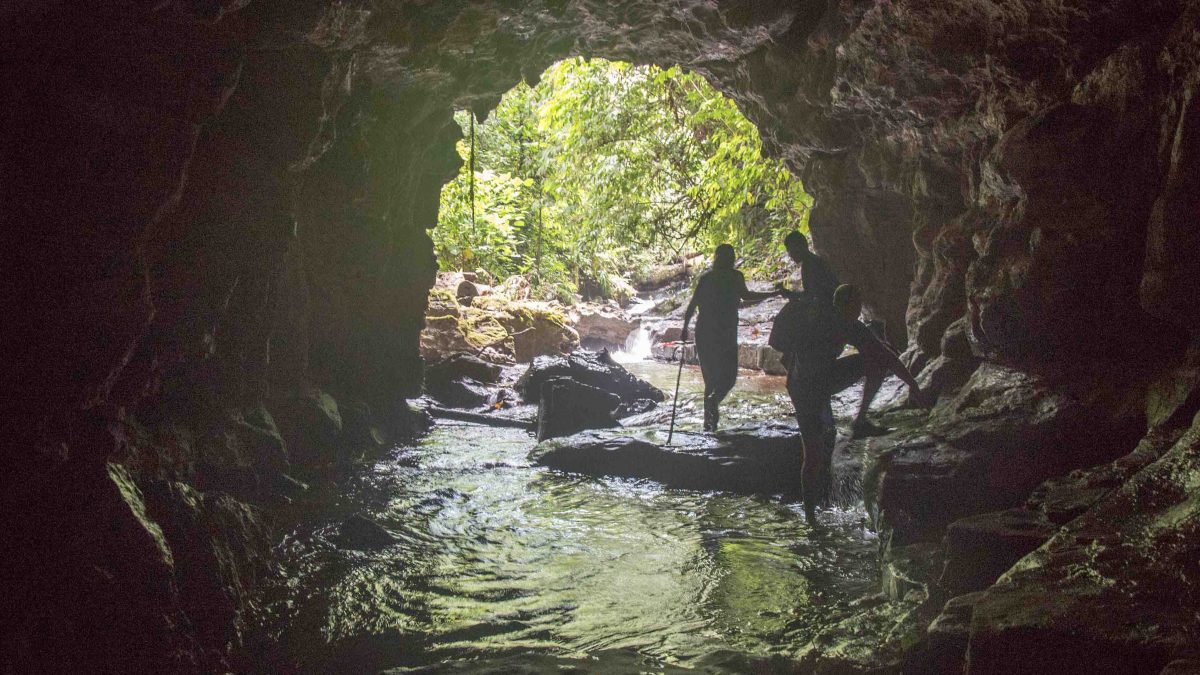
And don’t get me wrong… this was a beautiful hike. We were walking through primary forests along ancient riverbeds. There was so much to see and enjoy. Birds flitted high overhead. Butterflies wafted through shafts of sunlight. Wriggly worms squiggled on damp rocks. Small schools of fish swam in the quiet pools.
But when I am unprepared for a trail, my logical mind takes over. I spend far too much time worrying about logistics. When I look back at the photos from this trip, my primary feeling is angst. I find it hard to pull-up words to describe the wild places because, for a while, I was trying to survive this hike rather than enjoy it. And I’m sharing this with you so that you can come to this place better prepared.
I remember looking at Angel after the second cavern and after having passed yet another beautiful place to stop and swim and said, “How much further?”
I hated myself. I am not this hiker.
Our Destination
And he told me that our final destination was literally just around the corner. And it was!
We came to a deep pool hidden in dark shade. The waterfall was lit in bright sunlight and the river fell heavily into the black water.
We ditched our belongings and stripped down to swimwear, though what would it have mattered if I had kept on my waterlogged clothing at this point?
A few mincing steps on sharp rocks and I was able to swim into the refreshingly cool water.
Even without my glasses on, I could make out details in the rocky wall. Layers of ancient stone told a geologic story. My favorite layer was deep green in color, a narrow vein of stone that was soapy to touch and reminded me of the small pieces of jade I would occasionally find on the rocky beaches of Northern California.
Tears came to my eyes. Here, swimming in a pool in tiny community in the smallest of Andean nations where native peoples have come for generations to find connections with their gods and their culture, I find a connection home.
I swam into the torrent of water. It fell heavily on my shoulders, beating out the stress of the trail. I wanted to spend hours here. I wanted to break out a picnic lunch along the sunny shoreline and search out potential new views for stunning photos. I wanted to experiment with time lapse and write down notes in my small book. But we didn’t have the time. We had a schedule to keep.
Our return trip was not as strenuous as my imagination had made it out to be.
Angel helped me cross the algae slick rocks by letting my foot find purchase against his boot. Step by step, he moved his foot in front of mine and waited as I made my way across.
I began to tell the worst spots on my own. I also gave in and used a hiking stick that Angel cut from the forest. When the first stick snapped in half as I made my way down a difficult spot, I threw it away without a concern and took the second one without argument.
The cascades didn’t seem anywhere near as steep going down as they did climbing up, a fact that still amazes me. That walking stick made all the difference in the world. It allowed me to probe for potholes on the trail ahead, to be better prepared.
We did not stop to learn about native plants or sacred places, but just hiked with purpose. All in all, we spent about three hours, a short morning, on this entire hike. This beautiful place deserved far more time and deserved much better preparation.
If you would like to help sponsor a community tourism project with the Kichwa of Cascadas Yanayacu, please contact me at angie@notyouraverageamerican.com.
Yanayacu
Turn-Off to Yanayacu
Information For Your Trip
Come prepared for lots of sun and possible rain when hiking to the Cascadas Yanayacu. Some people prefer hiking with an umbrella rather than rain gear because of humidity and warm temps. Carry plenty of bottled water and be prepared to share snacks with your guide; it’s just polite! Bring a hiking pole if you like the extra stability. Wear all weather shoes of your choice… they will get wet and possibly muddy.
- Direction by Car, use WAZE and look for Archidona, Provincia de Napo. If traveling from Quito, pass the Cavernas de Jumandy and look for a small sign on the left-hand side of the road for the Cascadas y Cavernas de Yanayacu. Turn onto the dirt road and drive all the way to large soccer field and community at the end of the road.
- Direction by Public Transportation While the bus might drop you off on the main road, you would have to hike the couple of kilometers to the community of Yanayacu. Hiring a taxi from Archidona is another option.

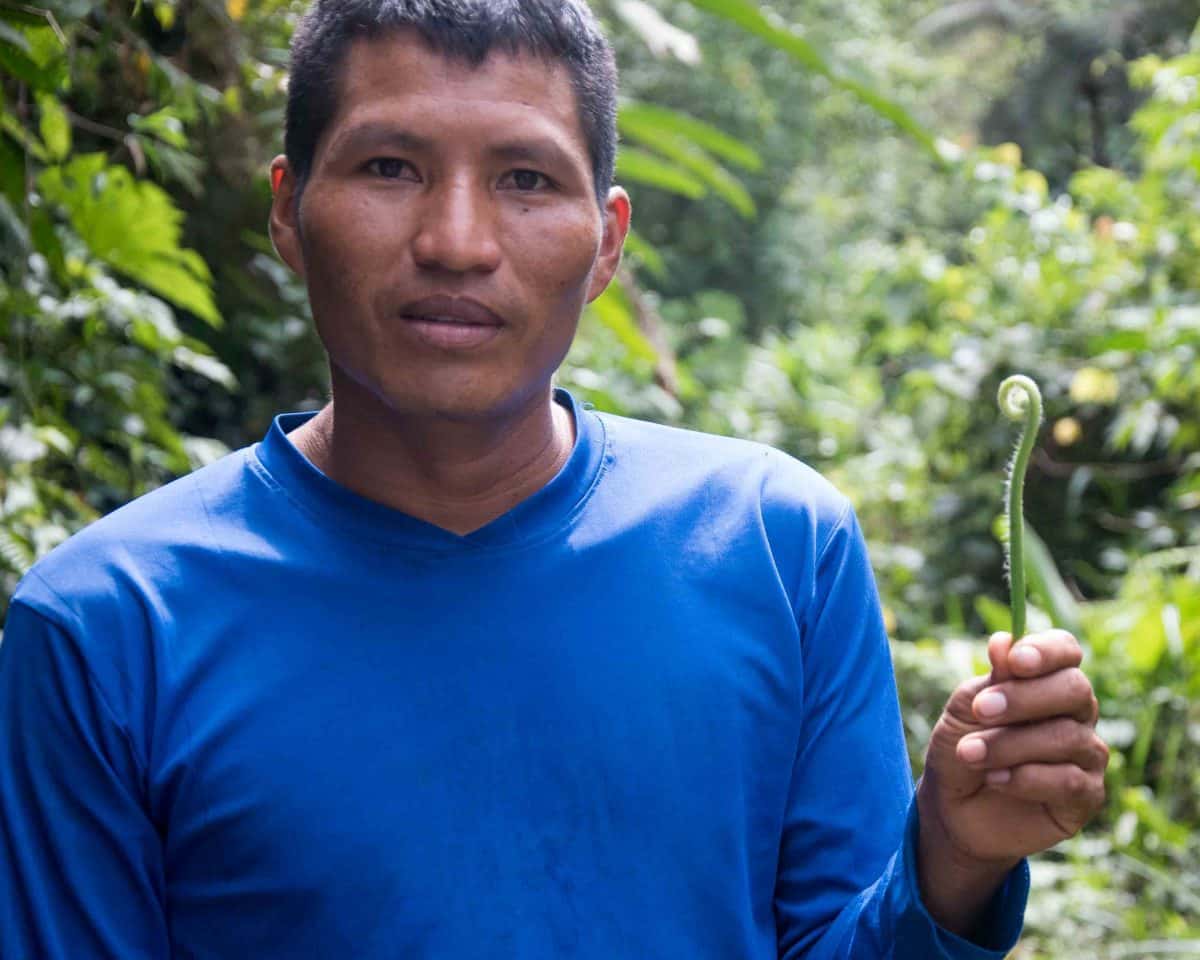

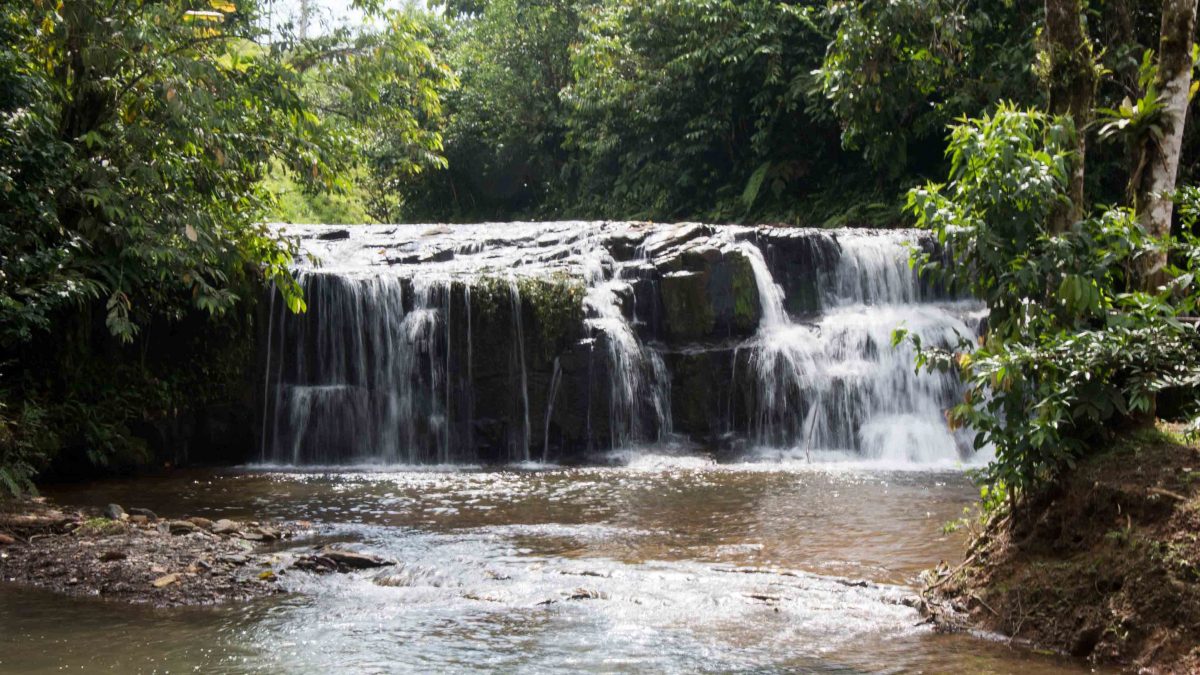

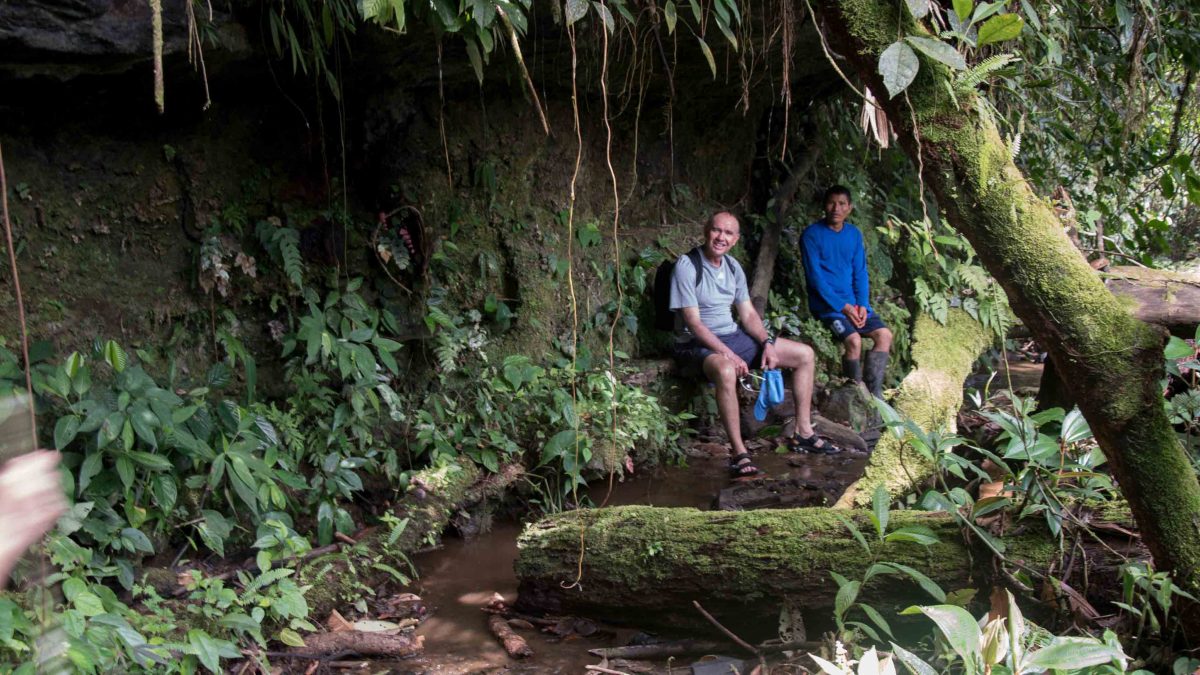
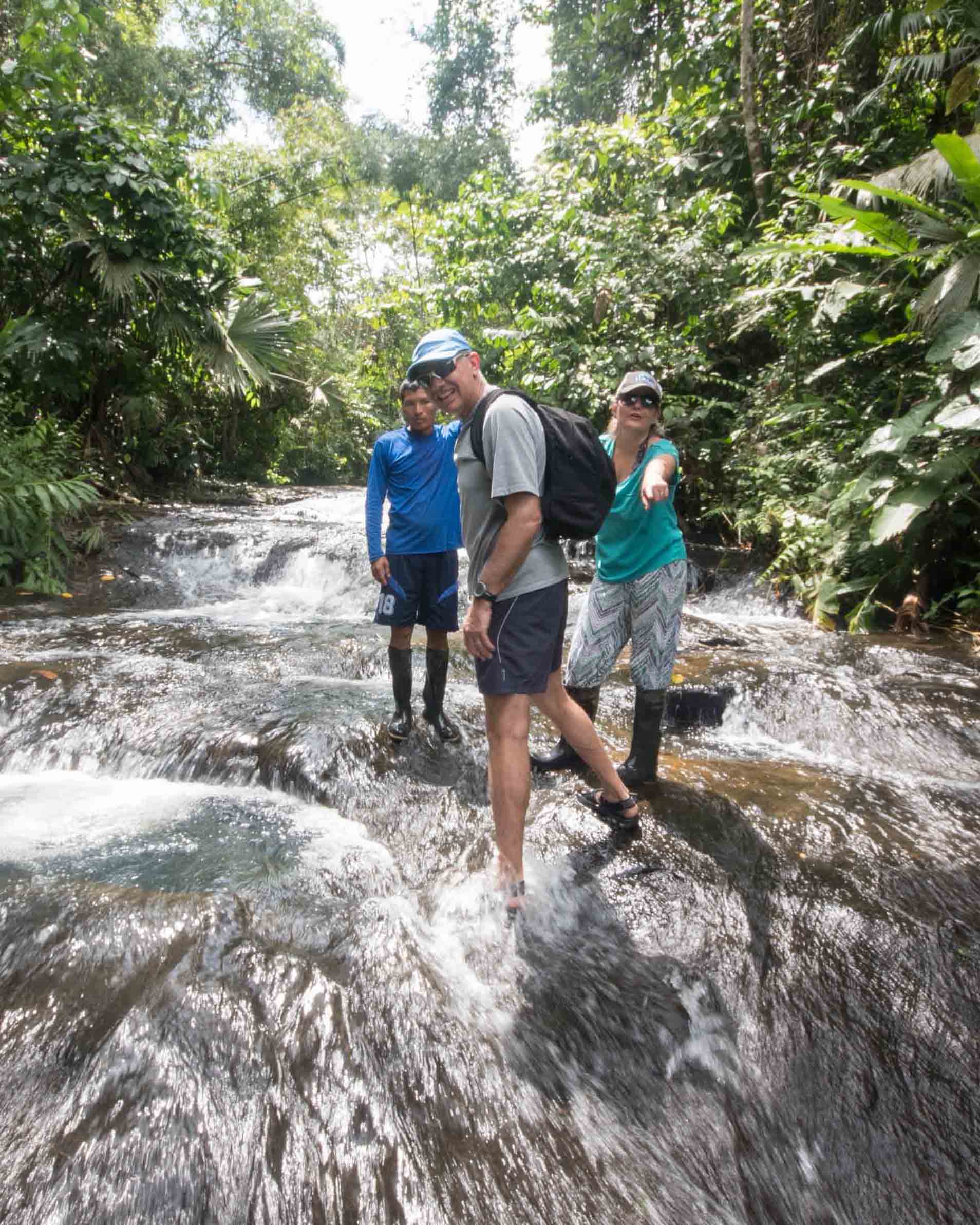
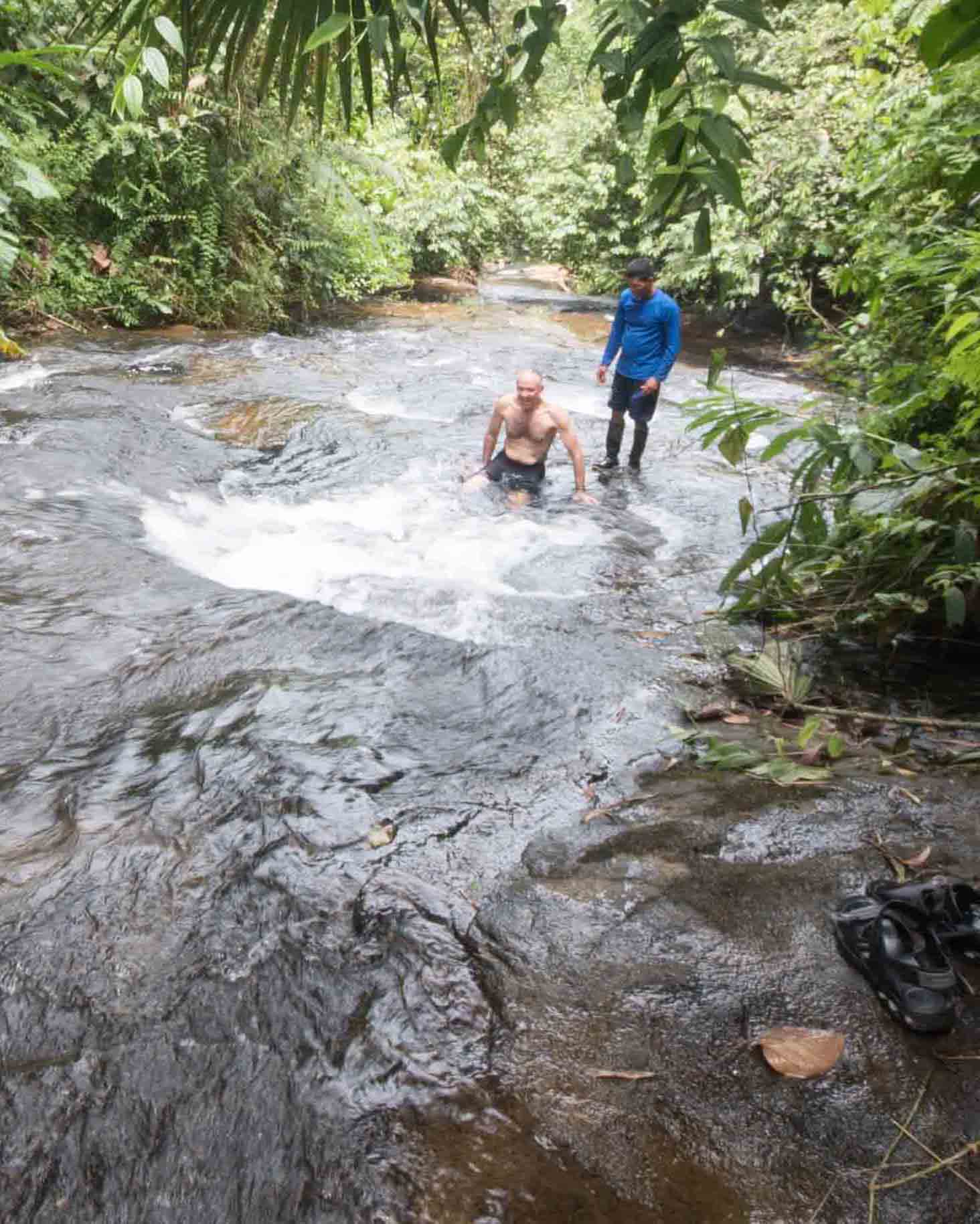

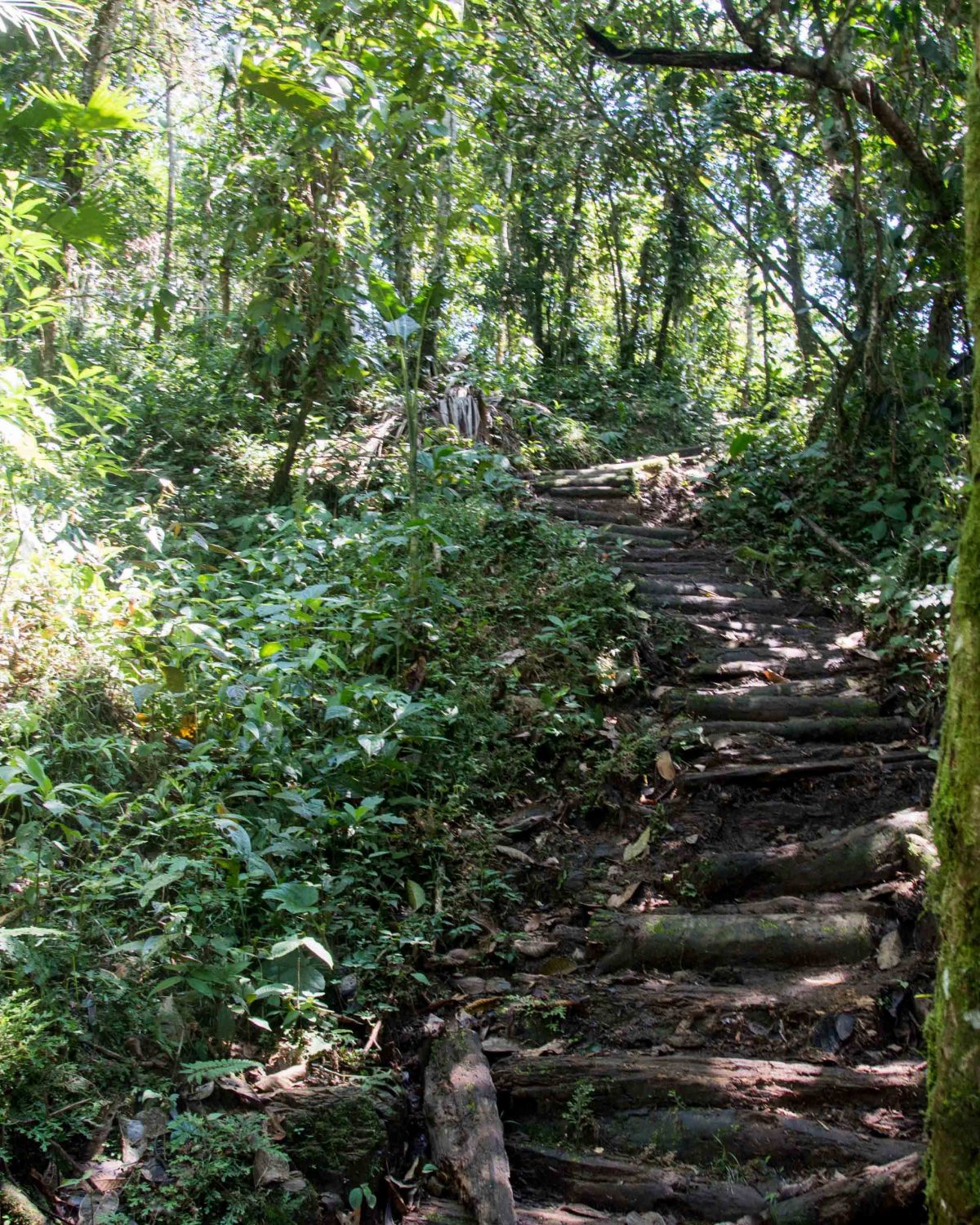
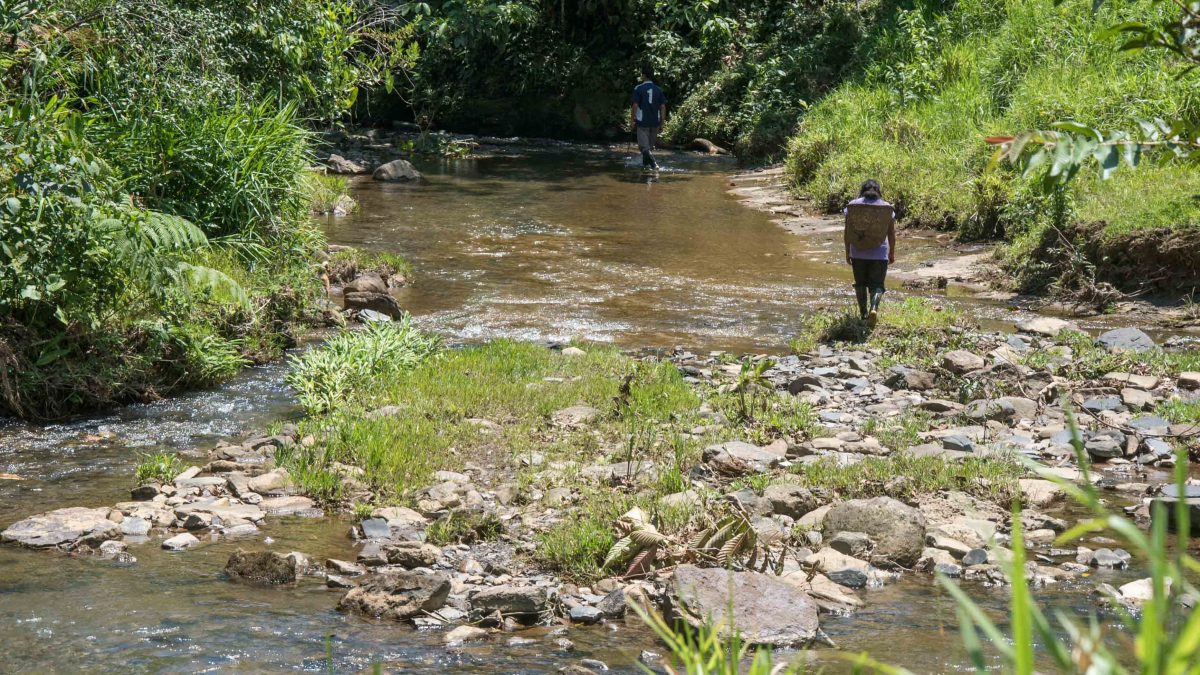

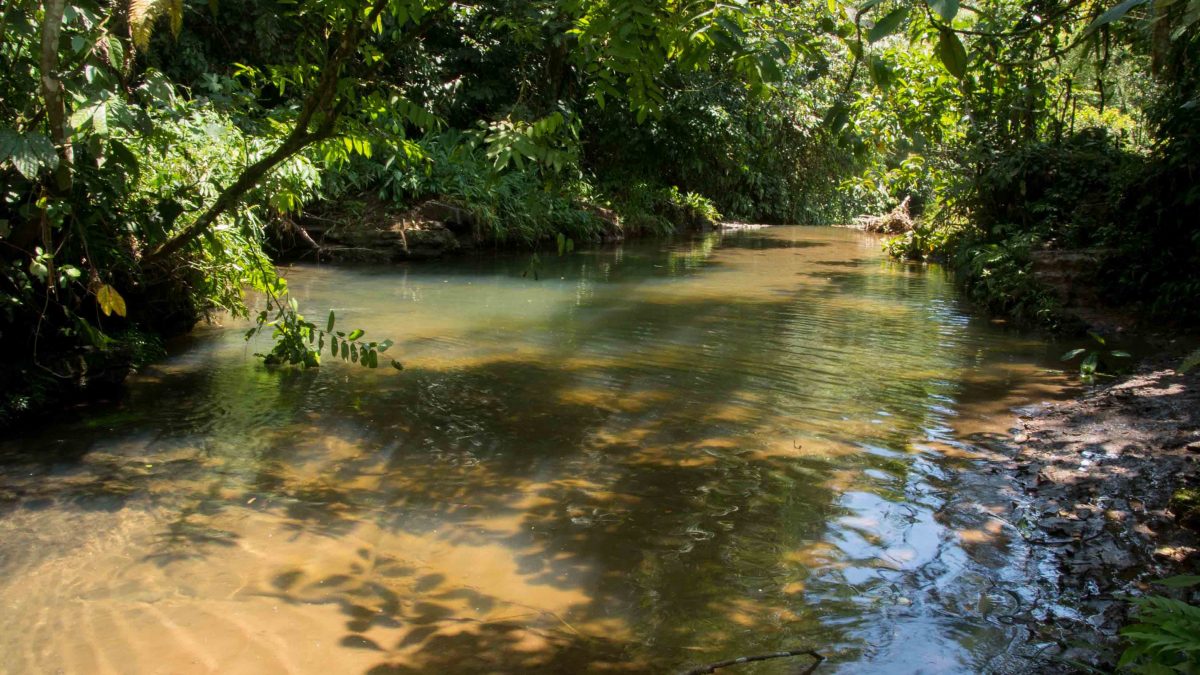





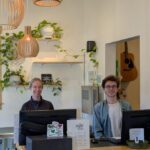
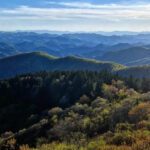

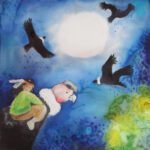
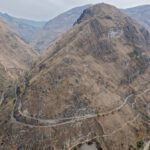
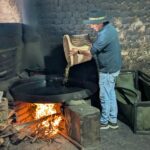

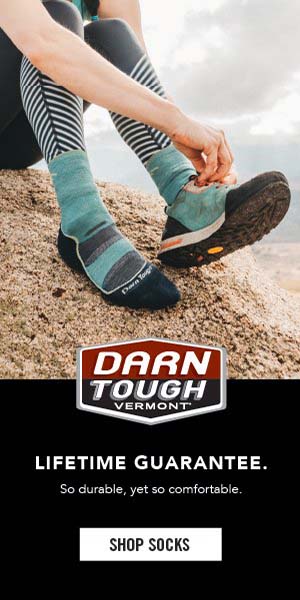
0 Comments